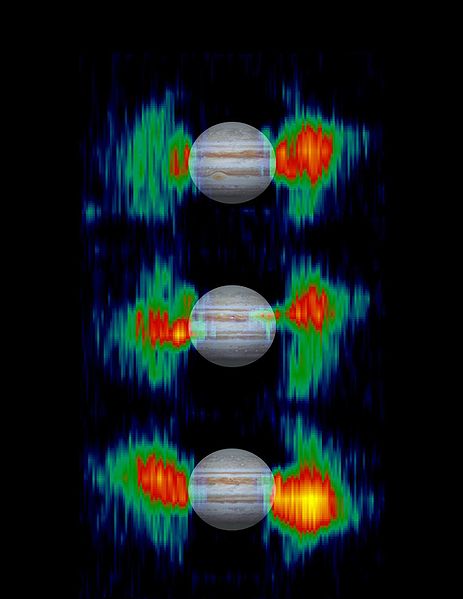Archivo:Jupiter radio.jpg
De LibreFind

Tamaño de esta previsualización: 463 × 599 píxeles. Otras resoluciones: 185 × 240 píxeles | 371 × 480 píxeles | 464 × 600 píxeles | 593 × 768 píxeles | 1187 × 1536 píxeles.
Archivo original (1187 × 1536 píxeles; tamaño de archivo: 132 KB; tipo MIME: image/jpeg)
Historial del archivo
Haz clic sobre una fecha/hora para ver el archivo a esa fecha.
| Fecha y hora | Miniatura | Dimensiones | Usuario | Comentario | |
|---|---|---|---|---|---|
| actual | 20:40 17 abr 2009 |  | 1187 × 1536 (132 KB) | Henrykus | {{Information |Description={{en|1=Details in radiation belts close to Jupiter are mapped from measurements that NASA's Cassini spacecraft made of radio emission from high-energy electrons moving at nearly the speed of light within the belts. The three vie |
Usos del archivo
La siguiente página enlaza a este archivo:

